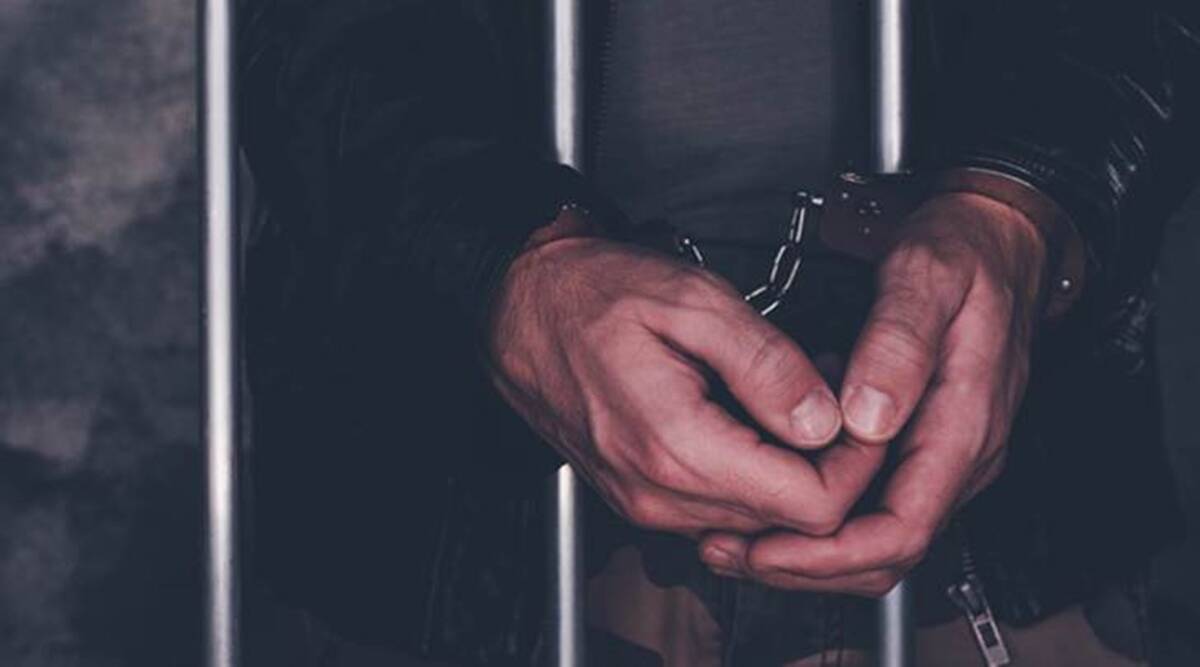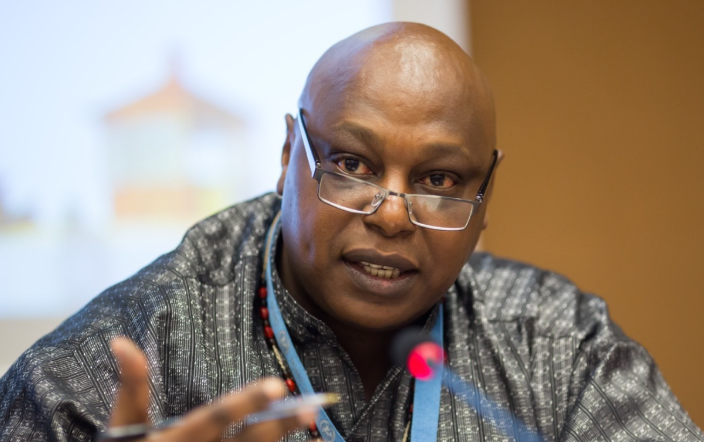Technology has transformed how power is held to account in Kenya, especially when it comes to law enforcement. In the past, evidence of excessive use of force by law enforcement agencies often surfaced too late or, in some cases, never surfaced at all.
Today, digital platforms are making it harder to conceal abuse, giving citizens new ways to expose and challenge the use and misuse of the power granted to law enforcement agencies.
This article explores how social media is reshaping the conversation around accountability and police brutality in Kenya:
Citizen Footage Changing the Narrative
In Kenya’s evolving protest scene, mobile phones have emerged as powerful tools of accountability. Protesters and bystanders routinely record police conduct in real time, often capturing incidents of excessive force that might otherwise go unreported.
Read More
These raw, timestamped videos frequently challenge official narratives and offer the public an unfiltered view of events, often going viral before mainstream media catches up. 
A clear example occurred on June 17, 2025, when Boniface Kariuki, an unarmed street vendor, was shot during demonstrations in Nairobi.
Multiple videos captured the moment from different angles, quickly identifying the officers involved despite them wearing masks.
The footage triggered swift public outrage, prompting the National Police Service to arrest the officers. Within two days, they were arraigned in court; a pace of accountability rarely seen before the era of live citizen footage.
Collective Witnessing and Crowd Verification
When multiple people capture the same event from different angles, the credibility of the footage increases significantly. This collective documentation makes it harder to dismiss videos as misleading or manipulated. Cross-verifying uploads helps build a clearer picture and reduces the chance of distortion or misrepresentation.
Protesters and bystanders now instinctively record incidents not only to document but to corroborate one another’s accounts, forming a decentralised record of events.
In the case of Kariuki, clips from different witnesses showed him unarmed and going about his business. The consistency across these videos strengthened public calls for accountability and made it difficult to dispute what occurred.
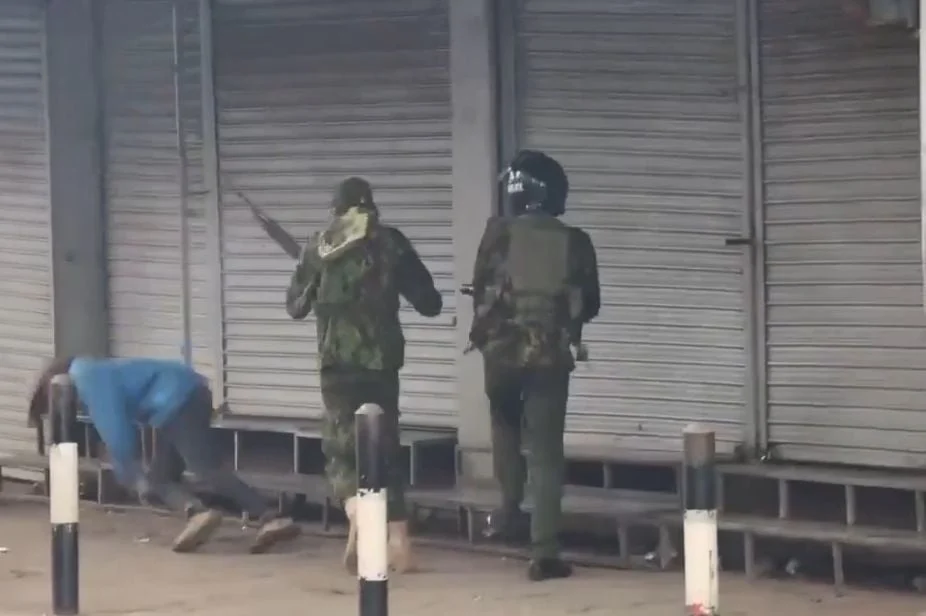
More broadly, Kenyans have used this form of collective witnessing to question official accounts regarding the use of force during demonstrations. While law enforcement agencies may offer their versions of events, widespread citizen footage has emerged as a critical tool in highlighting discrepancies and calling for greater transparency.
Hashtags as Tools for Justice and Mobilisation
In Kenya, hashtags have evolved beyond digital slogans to become tools for mobilisation, coordination, and documentation. Phrases like #JusticeForAlbertOjwang, #JusticeForBonifaceKariuki, #StopKillingUs, and #EndPoliceBrutalityKE have played a crucial role in rallying public sentiment and drawing attention to specific incidents.
These tags often serve as real-time hubs for updates, allowing legal experts, journalists, and human rights groups to track developments, share resources, and organise responses.
Hashtags also serve to humanise those affected by police violence, turning anonymous cases into personal stories. In the case of Ojwang, social media users mobilised under the hashtag #JusticeForAlbertOjwang, gathered at the morgue, followed the release of autopsy findings, and called for accountability.
The sustained public attention and online campaigns may have influenced institutional decisions, including the announcement that a senior police officer involved in the case had stepped aside to allow investigations to proceed.
While causality cannot be conclusively determined, the power of coordinated digital advocacy in shaping public discourse and prompting official responses is increasingly evident.
Public pressure on institutions
One of the most notable shifts brought about by social media is how it has redefined the relationship between the public and oversight institutions.
Previously, bodies such as the NPS, Independent Policing Oversight Authority (IPOA), and the Office of the Director of Public Prosecutions (ODPP) often operated within formal processes, largely removed from immediate public engagement.
Today, these institutions are frequently tagged in viral posts containing video evidence or eyewitness accounts, prompting faster and more visible responses; sometimes within hours of an incident.
The case of Kariuki highlights this shift. Following the circulation of videos related to the shooting, users called out key institutions online, demanding accountability. In response, authorities confirmed the arrest and arraignment of the officers alleged to be involved; an outcome that might have taken longer without the public pressure amplified through digital platforms.
This growing trend suggests a turning point in how state agencies can be held accountable. Legal processes remain critical, but sustained digital scrutiny now complements traditional oversight mechanisms, often accelerating institutional action.
Kenya is undergoing a transformation in how citizens engage with power. Through smartphones and social media, ordinary people are documenting incidents, mobilising support, and shaping national conversations around justice and accountability.
The cases of Ojwang and Kariuki, while deeply unfortunate, demonstrate the impact of collective digital action. Without the widespread public attention and documentation that followed, these incidents might not have drawn the response they ultimately did.
-1750331365.jpg)
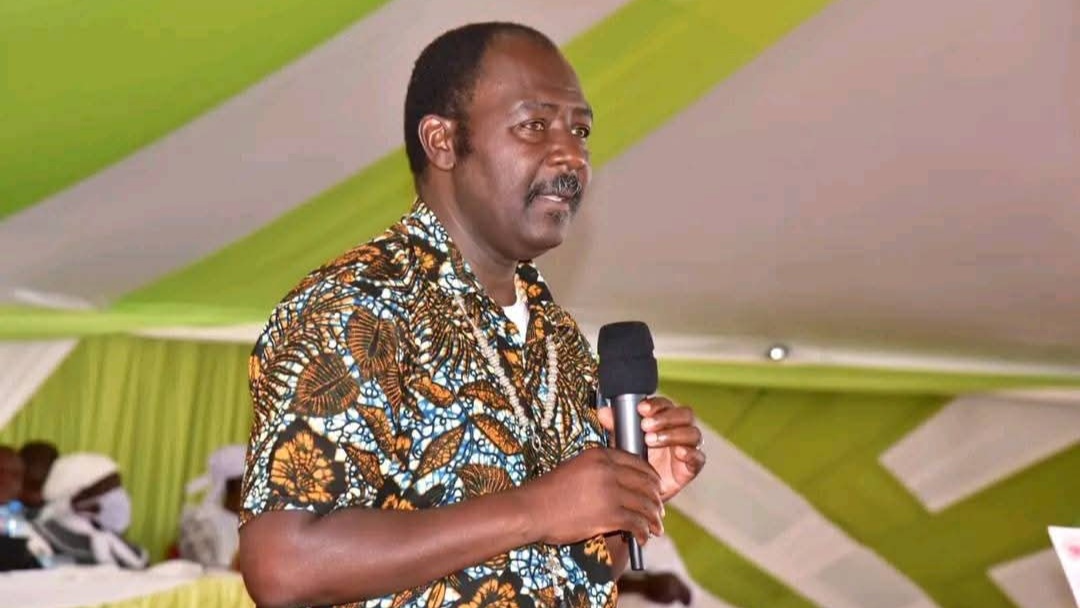
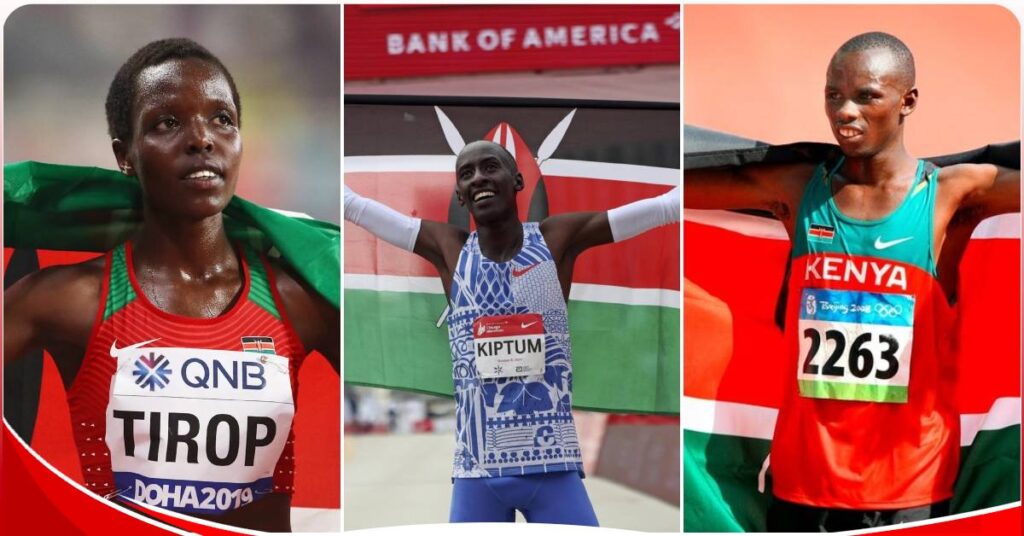

-1755288145.jpg)

-1756553791.jpg)
-1756549805.jpg)
